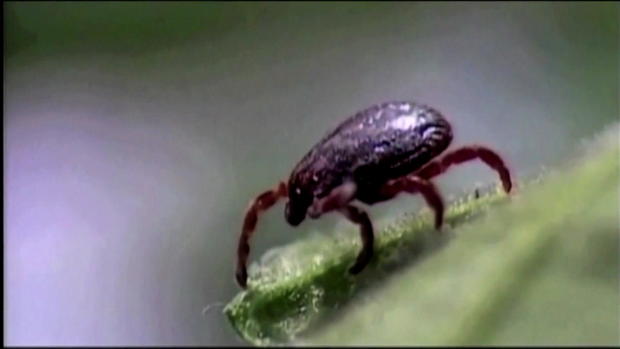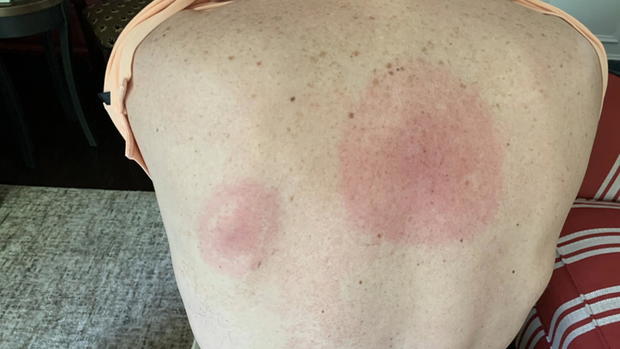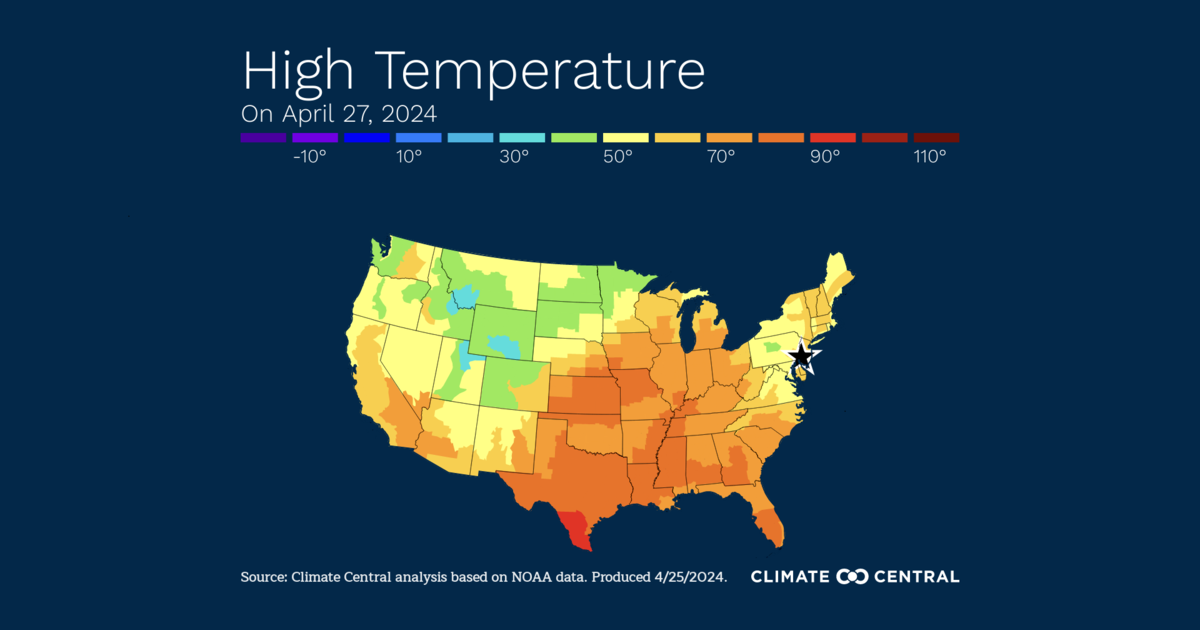Could climate change be behind uptick in tick population? NJ group aims to study reason why
GLOUCESTER COUNTY, N.J. (CBS) -- Even though ticks are dangerous year-round, the tiny parasites are most active during the summer months. This season, both New Jersey and Pennsylvania are seeing an uptick in the ticks.
Both the Garden and Keystone States are in the top five in the United States in terms of tickborne diseases.
Right now, not much is being done to track tick populations, so it's hard to draw conclusions about how factors like climate change affect them, but one group is looking to change that.
"I've been crawling around the bushes and climbing in trees for years and never had anything," Joseph Mingari of Gloucester County said. "Never had a tick, not even a wood tick on me."
On a Wednesday morning in May, Mingari was doing some yard work at his house in Gloucester County.
Two days later, he started feeling sick.
"By Friday, I felt tired. I thought it was because I was working all week," Mingari said. "And then on Saturday, I started feeling achy. And by Saturday night, I had a fever. I woke up Sunday morning and I knew something was wrong."
Concerns he had contracted COVID-19 were quickly replaced by fears of a Lyme disease diagnosis after he noticed not one but two bullseyes on his back.
"I immediately went over to urgent care," Mingari said. "They put me on doxycycline right away for 21 days and probably after, I would say, the second or third day, is when I started to feel like I was coming out of it."
Mingari is one of the lucky ones.
Recent U.S. Centers for Disease Control and Prevention estimates suggest nearly half a million Americans may get Lyme disease every year, and many of them never know it.
Mingari has a theory as to why he's seeing more ticks today than ever before.
"We're definitely having milder winters, as everybody knows," he said. "And you'd see mosquitos more in the winter. And I think that you're not having these cold, freezing winters kill off the insects. And so it seems like there's a lot of things changing in the environment."
Dr. Dina Fonseca studies ticks at Rutgers University.
"We are observing, from our surveillance right now," Fonseca said, "that the populations of blacklegged ticks, which are the most dangerous vectors of tickborne pathogens, are up."
Fonseca says it's true that ticks prefer to live in warm, wet, wooded areas, so without contrasting conditions, populations of the parasites could explode.
"A mild winter is less likely to kill these tiny arthropods, these little ticks and mosquitos, etc.," Fonseca said. "If you have a dry spring and summer, the populations are going to be lower because they're going to be killed by the dry weather. Conversely, if it's rainy and mild, you may have larger populations."
She says it's a good theory, but there simply isn't enough data to make a definitive determination about tick populations.
"Are they above normal? We don't know," Fonseca said, "because there isn't really a long-term surveillance to be able to compare it to."
This is why Fonseca and her colleagues at Rutgers started "Ticks for Science." They're asking New Jerseyans who are bit by a tick to send it in a sealed plastic bag to their lab, where they will test it and share the results with you for free.
Their goal is to create a tick bite database so they can monitor populations and track trends, thus making New Jersey a more tick-confident state.







